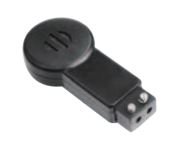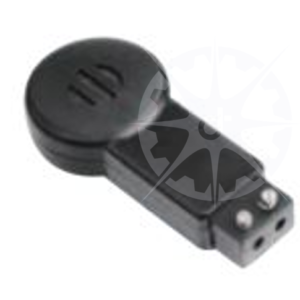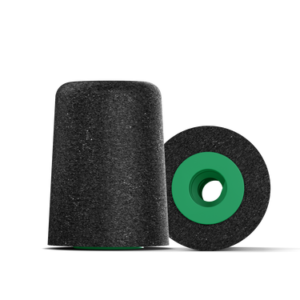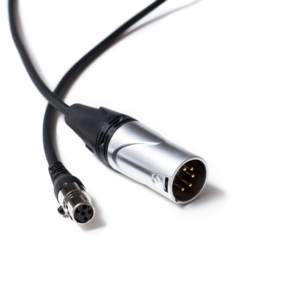Description
Designed for use in Pro Audio, Video and Radio communications headsets the unamplified dynamic microphone is recommended for louder applications because it is less sensitive and will pick up less background noise. This mic is noise cancelling by physical design so it should be placed in front of the speakers mouth to be heard distinctively.
How does a dynamic mic work?
The description “dynamic” refers to a moving coil element inside the microphone housing. The coil is attached to a membrane that vibrates with the sound that it is exposed to. So the coil in turn moves in proportion to the sound that enters it. The coil element is coiled around a magnet meaning that the coils movement is a movement of it’s magnetic field in relation to the magnet. The tiny changes in the field create tiny changes in current through that coil.
Why no bias for a dynamic microphone?
It’s important not to use a bias current on a dynamic microphone. As described above the coil is a moving part in a magnetic field. Any motion of the coil creates a tiny current because the coil is around a magnet. The same process is reversible. A current introduced to the coil can cause the motion that produces sound. Really, there’s not much difference between a dynamic mic and a speaker, just the size. If you introduce too much current or voltage to a microphone however, you can push or pull the coil too far. A bias current designed for an electret mic is typically too much for the coil in a dynamic mic. It will damage the coil by pinning it at the full limit of its movement. Depending on the bias voltage or current applied the coil is then permanently deformed and typically either completely or partially unable to move and therefore electrically unresponsive.
















Reviews
There are no reviews yet.